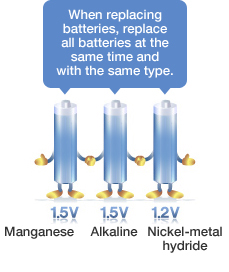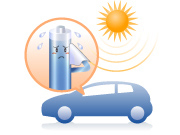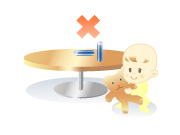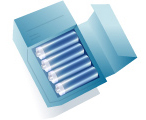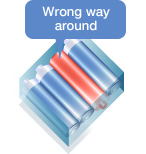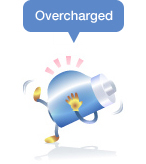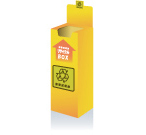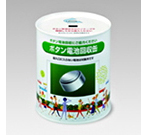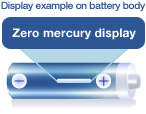-
Company
- Panasonic Energy
-
Governance
- Guiding Philosophy
- Code of conduct for directors and senior Management
- Code of conduct to regulate,monitor and report trading by insiders
- Terms Of Appointment For Independent Directors
- Familiarisation Programme
- Related Party Transaction Policy
- Whistle Blower Policy
- CSR Policy
- Policy on Determination of materiality
- Policy on Preservation of documents
- SEBI (LODR) Regulation 30 (5)
- Nomination and Remuneration Policy
- Management
- Japanese Principles
- History
- Milestones
- Recognition
- Products
- Battery Education
- Where to Buy
-
Investor Relations
- Corporate Overview
- Stock Quote
- Financial Results
- Annual Reports
- Shareholding Pattern
- NECS Mandate Form
- Investor Communication
-
Related Party Transactions
- Related Party Transaction as on September 30,2023
- Related Party Transaction as on March 31,2023
- Related Party Transactions as on September 30, 2022
- Related Party Transactions as on March 31, 2022
- Related Party Transactions as on September 30, 2021
- Related Party Transactions as on March 31, 2021
- Related Party Transactions as on September 30, 2020
- Related Party Transactions as on March 31, 2020
- Related Party Transactions as on September 30, 2019
- Related Party Transactions as on March 31, 2019
- Contact Us

